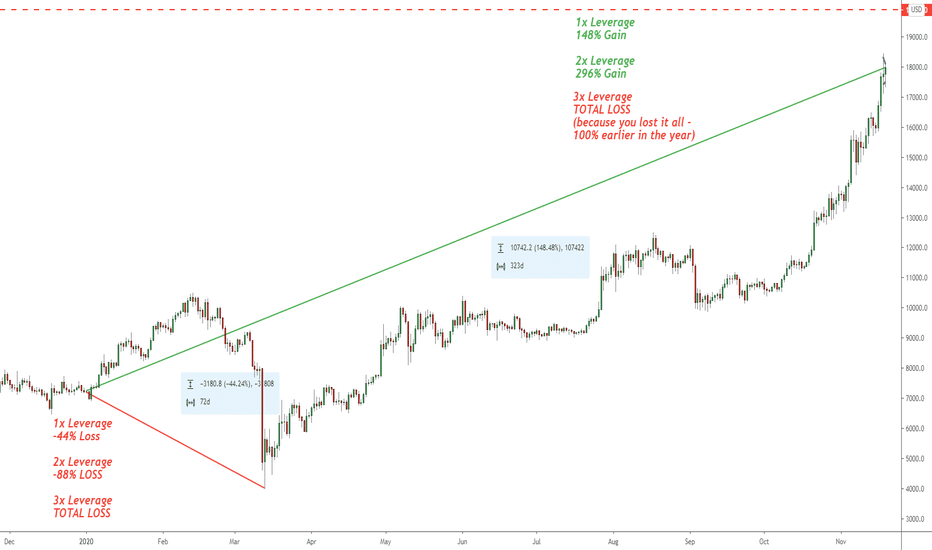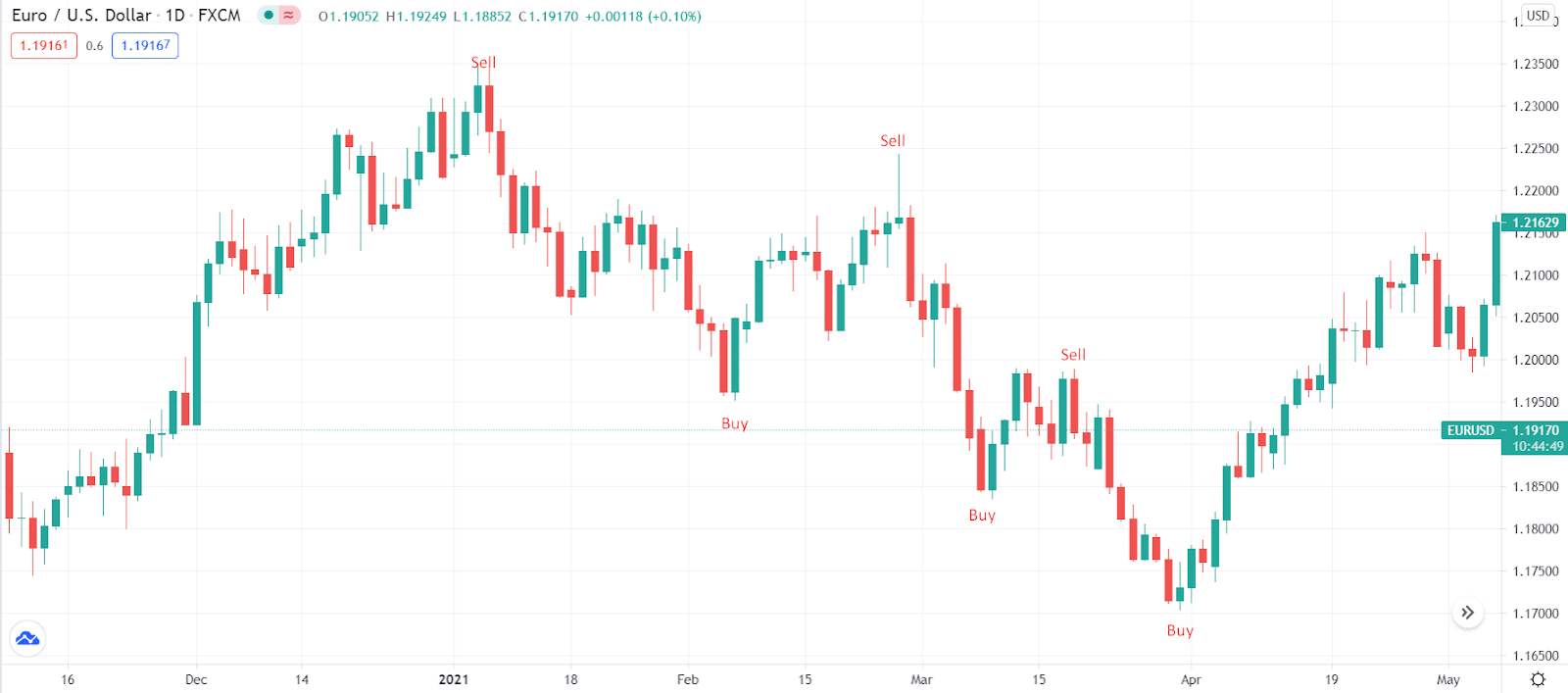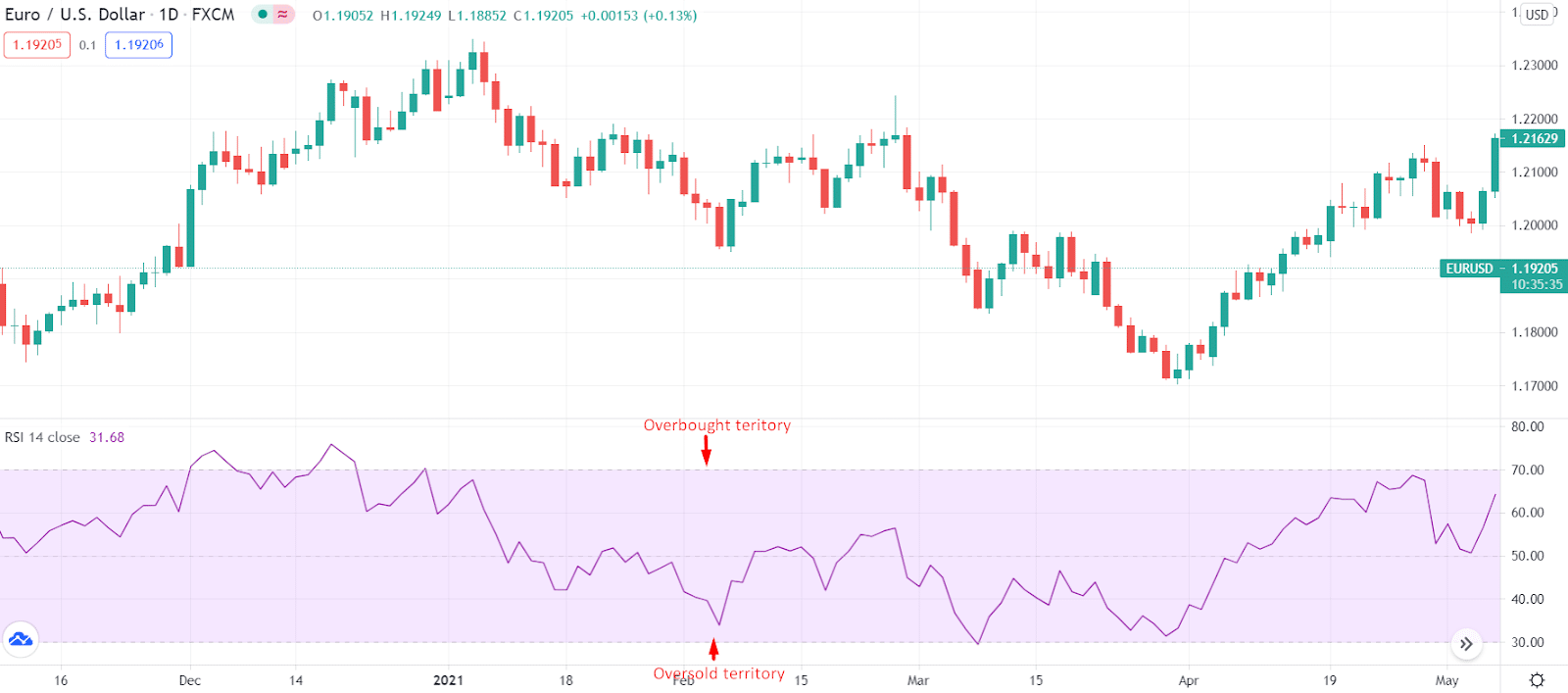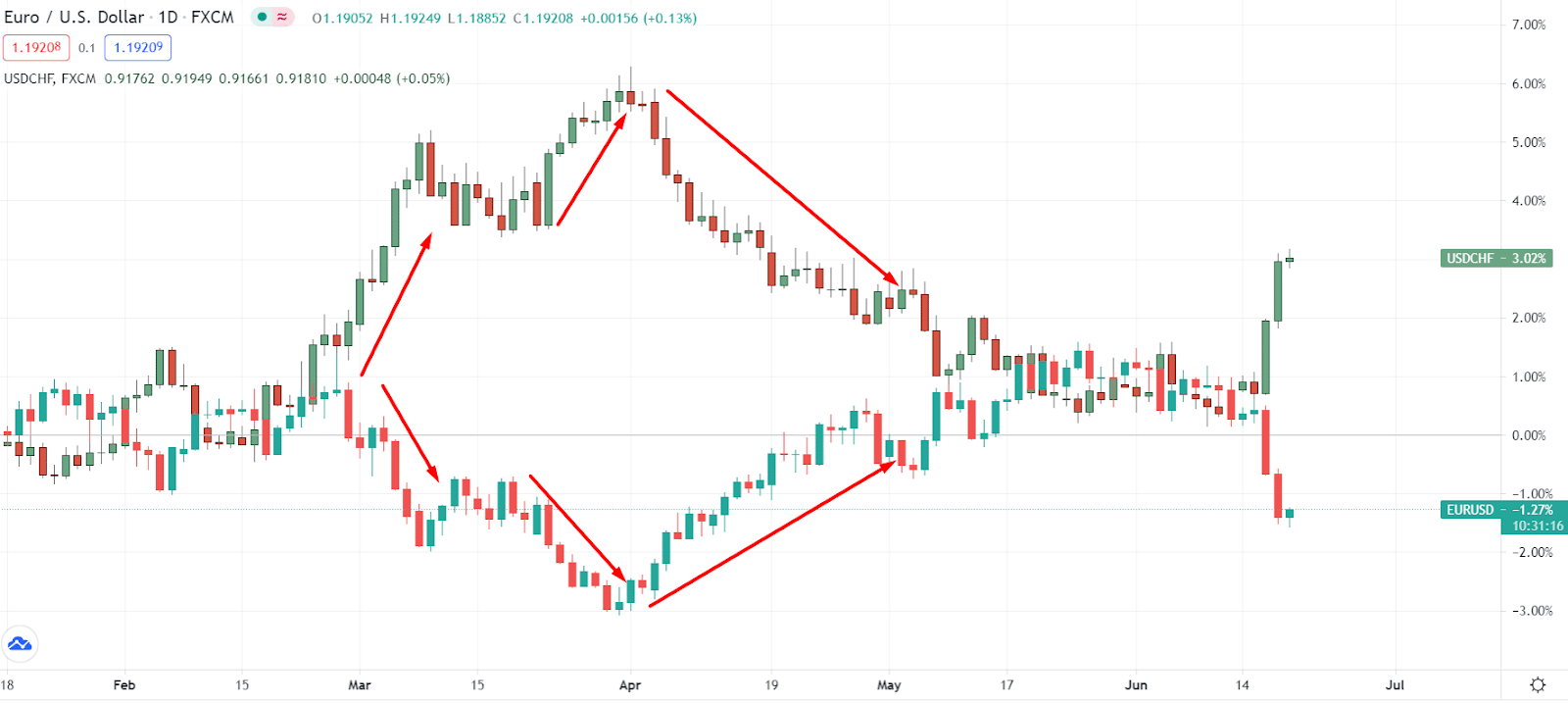Being a trader puts you at risk of loss. This is because you are in a position where you have to make unrehearsed decisions constantly. Losing money is inevitable in the trading business, but you can always lower your chances of losing. Remember, about 90% of people lose money. Your goal is to be in the top 10%.
It would help if you were caught on some factors that others are missing out on. As the famous Warren Buffett says, “What a wise man does, in the beginning, is what all do in the end.”
This article will discuss the top seven tips to help you become a part of the former category.
Tip 1. Lower your risk
As mentioned before, risks are a part of the game. You cannot avoid them, but you can minimize them. Crossing a road blindfolded is not the smartest of the decisions. So before you get into trading, do your research. Knowing about the market beforehand will give you helpful insight that will lower the risks.
Why does this happen?
Remember, leverage is directly proportional to the risk. You lower your leverage, you reduce the risk, and vice-versa. Leverage is a powerful investment tool but mishandling it would land you in hot waters.

How to avoid the mistake?
You can lower the risk by setting fixed stop losses and take profits. Not doing so would be a gamble, and you might end up in an “all or nothing” situation. You don’t want that. So it’s better to set a correct stop loss/take profit.
Lastly, take your time. Rationalize your options. Think objectively. Trading might get a bit overwhelming at times, wildly when the charts scream “buy” and “sell.” This is when you need to take a step back and think clearly. When everyone is trying to make your trade, think of reasons not to trade. Bombard yourself with the “what if” questions. This would counter that impatient urge to invest, and you will be able to take a calculated risk.
Tip 2. Increase winning probability
The goal of trading is to win. More than strategy, it’s the mindset that makes you a successful trader.
Why does this happen?
It’s essential to plan, but the gut feeling is the game-changer that distinguishes a professional trader from an amateur one. However, to interpret your instincts, you need to spend some rough time in the market.
How to avoid the mistake?
The best way to increase the winning probability is to go with the trend. The rules are essential. You either buy low and sell high, or you sell high and then buy low. It is advised to stick with the running trend.

Another way to win big is to make fewer trades. I know it can be pretty tempting when you have money in your account, but you should get a grip over yourself. Remember, it’s a fifty-fifty chance. The more trades you invest in, the greater you are at risk of loss. So better play it safe by investing in fewer profitable trades.
Tip 3. Create filters for trade set-up
We insisted on the importance of gut feeling; however, not having a strategy would be stupid.
Why does this happen?
Every strategy has some drawbacks. Sometimes your trading system or indicator produces false signals that may ruin your trading performance.
Filters are one of the better ways to define methods. These are the conditions you set that need to be met before investing your money in some trade. They minimize the risks and help determine a pattern.
How to avoid the mistake?
Now, there are multiple filters that you can set. One of the filters can be the fast-moving average. For example, you can set a condition that the fast-moving average needs to be higher than the slow-moving average, which indicates the strength of the trade. So, you would automatically filter anything weak.
The second one may be some oscillator such as RSI or CCI that tells if the market is oversold or overbought. For example, you want to trade, but the market is already in oversold conditions. So you refrain from trading in such a case.

Apart from filters based on indicators, you can set up filters based on time, for example. You can choose the first hour of the trading session because you think this will be when most people shove money into the market. Once that time is gone, you won’t invest.
Tip 4. Fix your pips target
Pip is the short form of “price interest point” or “percentage in point.” It is one of the basic units of measuring the change in prices. Like if most currency pairs are written until the quarter decimal, a pip is represented by the last. It’s the smallest out of those four figures quoted. Thus, it is the smallest volume by which a currency price can change.
It may seem small, but small does not mean insignificant. Even the slightest drop in pips can have a ripple effect on trading, and many investors might lose large sums of money.
Fix a certain amount of pips per day for yourself. So this would give you a concrete goal to work for. Of course, the number depends on the trade you invest in, but the ideal strategy is to catch 20 pips a day.
Tip 5. Hedge risks with correlated pairs
The ultimate strategy for success in trading is risk management. Taking wise, the calculation of the risk is the game-changer.
Why does this happen?
Sometimes, traders put all the risk in trading one currency pair, resulting in a massive loss. A suitable way to hedge bets is to go with correlated pairs. In statistical terms, correlation represents the extent to which a couple of different variables move together.
How to avoid the mistake?
You can use two currency pairs that are negatively correlated. The loss made in one place would be compensated by the gain made by the second trade. This would keep the radar balanced. To invest in the most profitable correlated pairs, you need to conduct thorough market research and analyze the trade trends.
For example, look at the chart below. It shows a perfect negative correlation of EUR/USD and USD/CHF.

Hence, you can hedge the risk by dividing the positions into these two pairs.
Tip 6. Avoid the enormous position
Traders have a rule. It means risk in a deal of no more than 2% of the deposit. Newbies misinterpret it and allocate 2% of the amount on the account for a position, usually about $20. But you can’t make money on such a deal even with a strong trend.
For example, if EUR/USD grows by 5%, the profit will be $1.
Most likely, the newbie will want to earn more and increase the position size. If the deal fails, the beginner will lose most of his funds. Therefore, the trader will hold the position to the last with the words: “What if the market turns around?”
Why does this happen?
Newbies want to make a lot of money quickly. Therefore, they do not use the 2% rule and lose their deposit on several unsuccessful trades.
The 2% rule says: set stop losses so that you lose no more than 2% of your deposit when triggered. Then you will have the money for new trades, even after a series of failures.
How to avoid mistakes?
Select such positions to lose no more than 2% of the deposit when stop losses are triggered. For example, with a stop loss at a distance of 4% from the entry point, you can use half of the deposit.
Final thoughts
Trading is a risky business. The value of assets goes up and down, just like the tidal waves. To make it big, you need to equip yourself with a particular skill set. Don’t speculate, stay away from things you don’t understand, and keep your emotions in check. It is not for the weak-hearted. Instead, follow the steps mentioned above, and eventually, you will be the best at your game.

